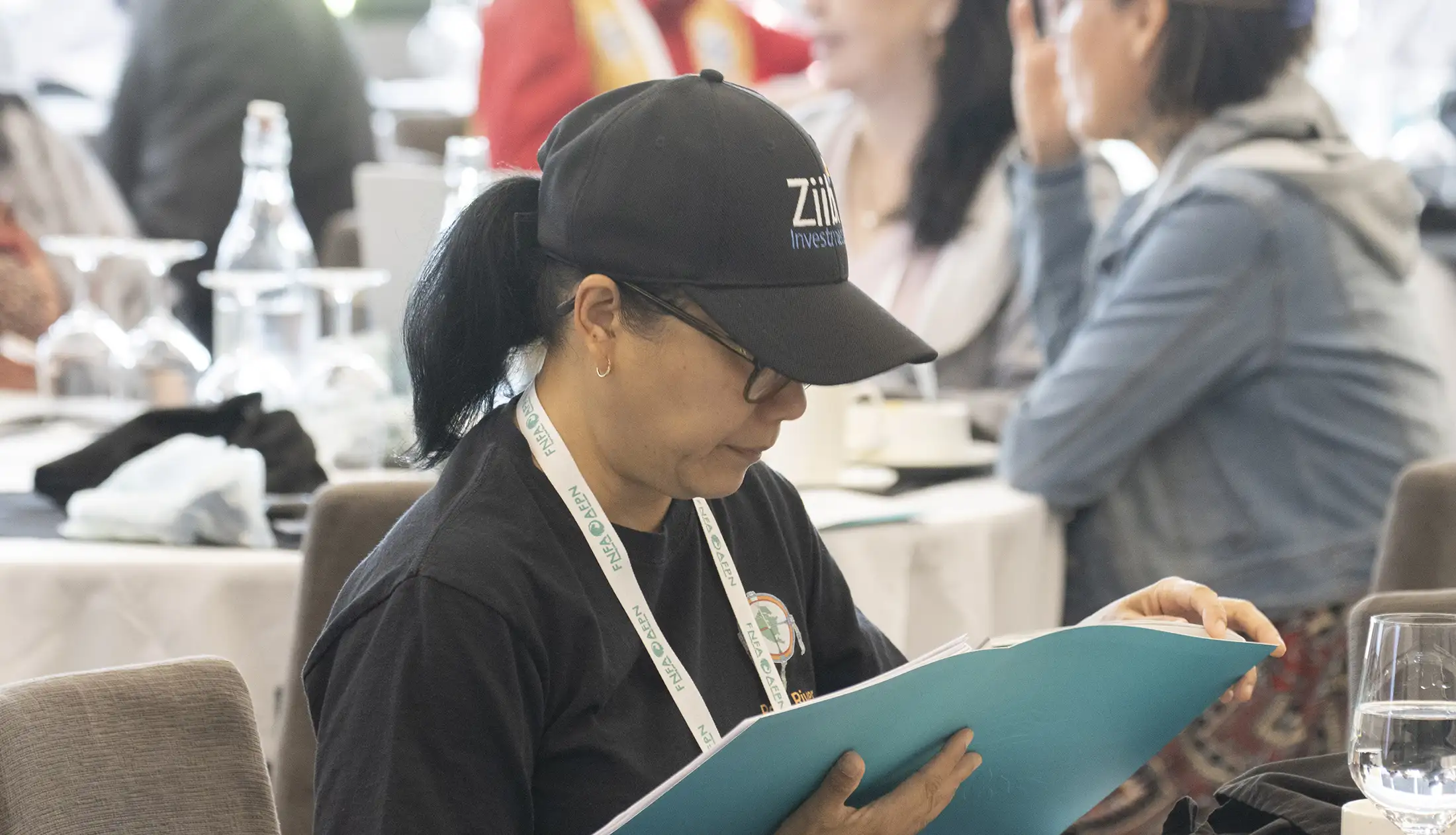We have compiled these frequently asked questions that have been raised in previous workshops and presentations.


If you think of a question, or you don’t see your question answered here, please click here to submit your question so that FNFA may answer it. This helps us understand what our clients need and makes the website more useful for you.
The First Nations Finance Authority (FNFA) is a non-profit, statutory institution built to provide all First Nations, big or small, urban or remote, resource rich or not, with the same financial instruments that other levels of government in Canada have at their disposal to build safe, healthy and prosperous communities. It was created by First Nations for First Nations.
FNFA has three main operational areas: raising long-term, low-cost capital on the financial markets on behalf of Borrowing Member First Nation governments for their infrastructure, economic and social development financing needs; providing First Nation governments and their organizations with flexible, low-risk, high yield, cash-surplus management services; and providing First Nations capital planning support and advice. Simply put, FNFA provides loans, investment options, and advice.
The FNFA’s Board of Directors is composed of First Nation Chiefs or Councillors elected by the FNFA’s general assembly, which is composed of its Borrowing Member representatives. FNFA policies, procedures, and programs are decided by the Board and reflect Borrowing Member priorities and interests, within the framework of its enabling legislation, the First Nations Fiscal Management Act, and within the financial market requirements to maintain its credit rating.
FNFA advisory and investment services are open to all First Nation governments and their organizations in Canada and can be accessed on demand.
Financing services are open to all First Nation governments established through the Indian Act, treaties, land claim settlements, or self-government agreements with Canada. In order to become a Borrowing Member, these governments must be scheduled under the First Nations Fiscal Management Act; in the case of First Nation governments that are not established under the Indian Act, enabling regulations may be required (if this applies to your community, please contact us).
The FNFMA is a federal law that came into effect in 2006 which established a suite of institutions: the First Nations Finance Authority, the First Nations Tax Commission, and the First Nations Financial Management Board. Each of these institutions has a specific mandate, structure, and mission. Where they overlap is the creation of a powerful qualification, borrowing, oversight, safeguards, and default regimes for borrowing.
Borrowing through the FNFA can be secured by Other Revenues (Financing Secured by Other Revenues Regulations) and by property tax (FNFMA).
Loan Access FAQ
All First Nations across Canada who are listed in the Indian Act can voluntarily become a FNFA borrowing member. Loans occur only when Chief & Council request. Our Member Services department is the first contact for a community interested in membership.
Recognizing that First Nations are governments, FNFA allows Chief & Council to determine their community needs. Some examples of how FNFA members have used loan monies are: schools, housing, green energy projects, equity participation in business opportunities, social and community infrastructure, water systems, and land purchases.
FNFA is modeled after provincial/municipal treasury departments. FNFA has two investment-grade credit ratings (Moody’s, and Standard & Poor’s) that allow FNFA to issue debentures, and also has an established banking syndicate which provides access to the capital markets investors (life insurance companies, pension plans, mutual fund companies, and other government investors). These investors provide FNFA borrowing members with long term, fixed rate loan monies to meet their community priorities. These debentures usually occur in the Fall of each year.
In order to fund our member’s loan needs prior to the debenture issuance, FNFA has a bridge financing program (Interim Financing) that provides loans at interest rates below Bank Prime. These bridge loans are either rolled into the Fall debenture, or if the loan is for a construction project they may stay as bridge financing until the construction has been completed.
In short, no. The amount of loans a First Nation can access is calculated using the revenues that a member can pledge to support the loans. Member Services works with each member to help with understanding which revenues are available and connects with our Finance department to calculate borrowing capacity.
No. FNFA does not register collateral, nor does your community have to put up any assets as security on the loan. When borrowing from the FNFA each member works with Member Services to determine which revenue stream(s) will support the loan.
Investing FAQs
Since the FNFA is a cooperative financing model with 100+ members, the dollars under investment management are large. And large dollars usually attract higher investment rates. First Nations that are members of the FNFA, and other First Nation organizations, have access to FNFA’s high-interest earnings accounts on a voluntary basis.
Investment monies can be withdrawn any day without penalty.
If you are interested in opening a high-interest earnings account or would like more information, please call our office to be put in touch with the appropriate person to provide such information and help complete any paperwork.
Only the authorized representatives identified when opening the account may sign to deposit or withdraw money from your investments.
FNFA utilizes its contacts with its banking syndicate, and so the investments are as safe as any monies held with a Chartered Bank.


